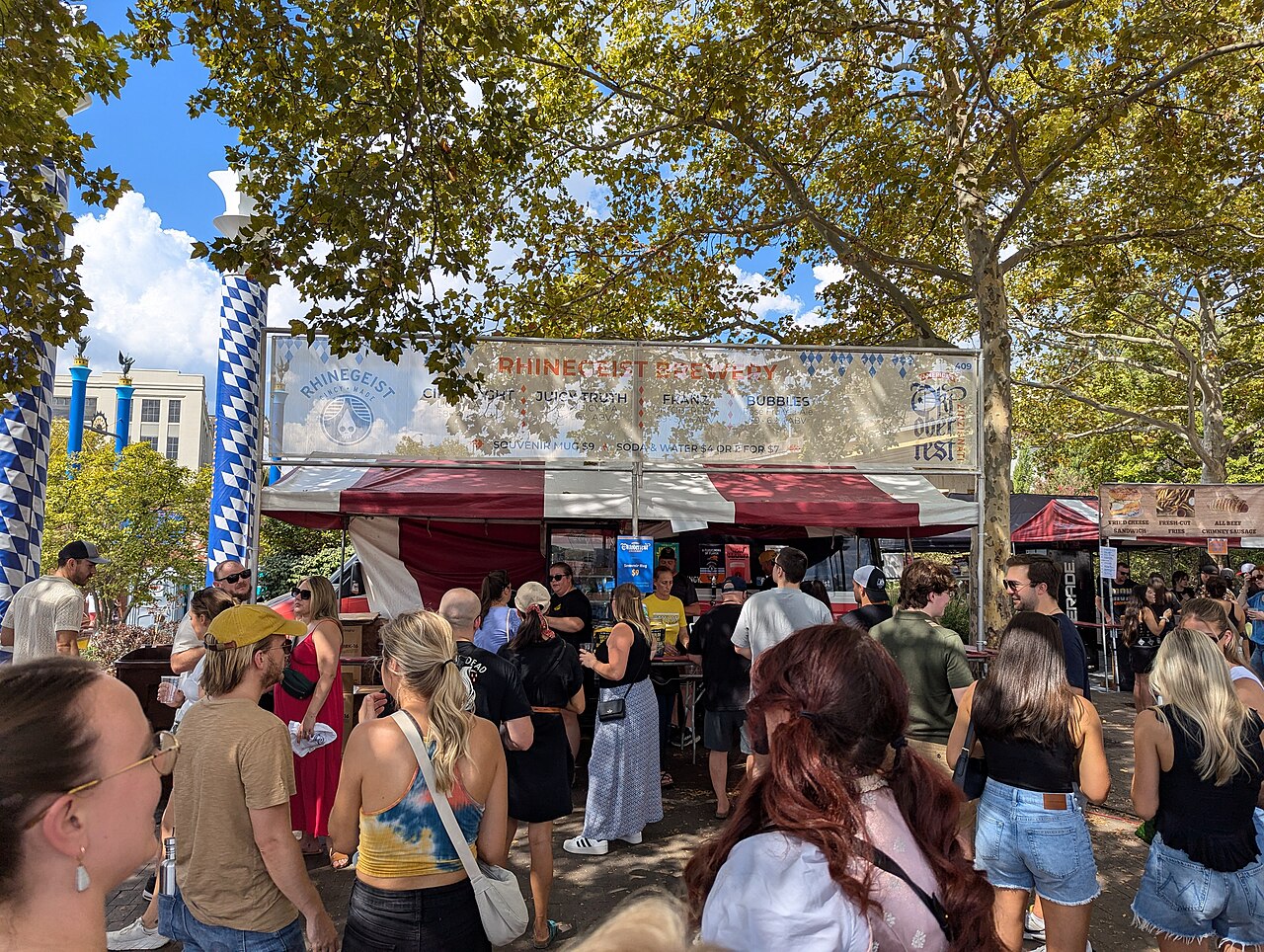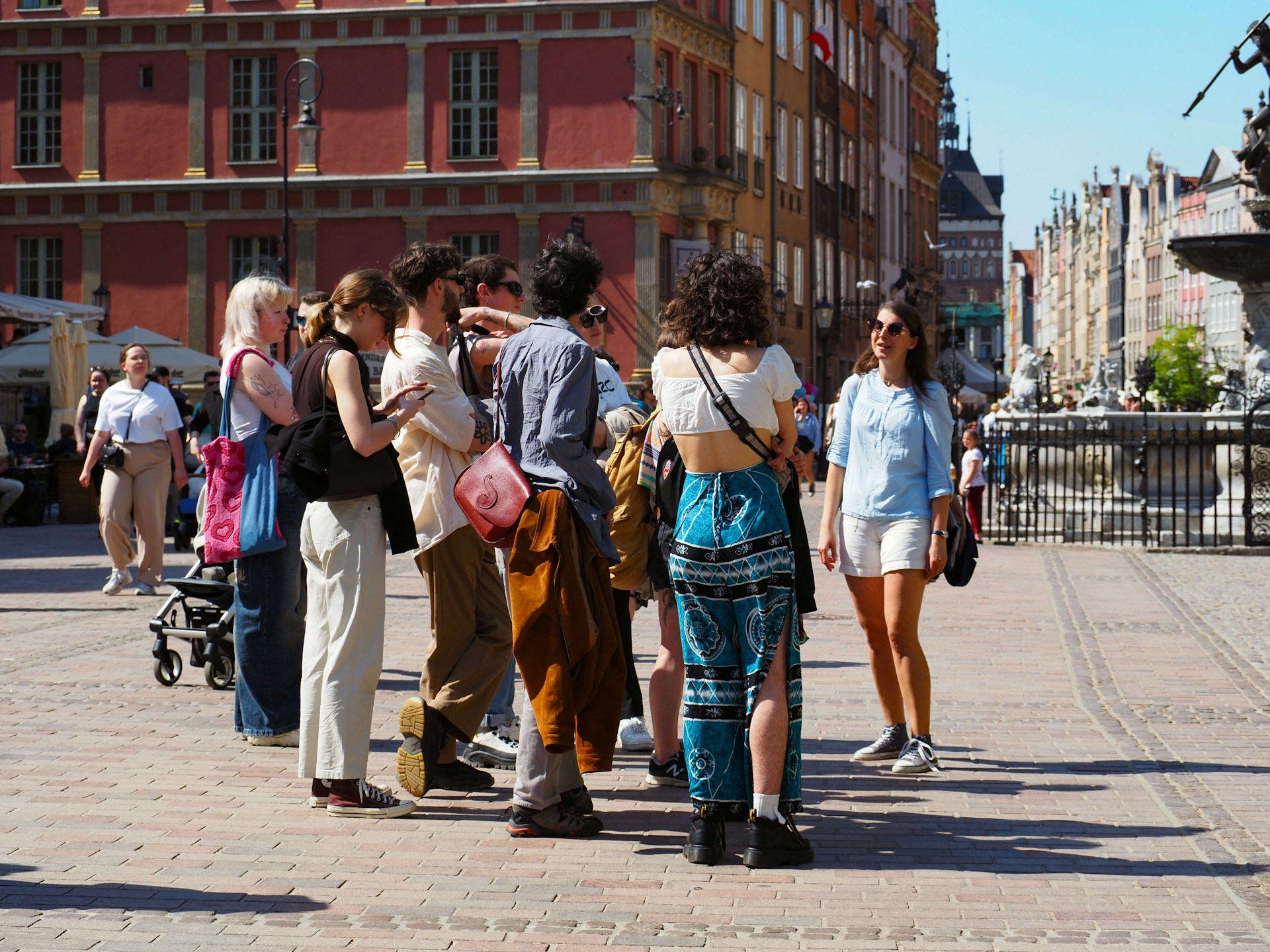The slide is not rumor. After a steady climb from pandemic lows, international visits to the United States are set to dip in 2025. Forecasts from industry groups and analytics firms point to fewer arrivals and softer spending. The pattern shows up in booking data, airline schedules, and traveler surveys that often foreshadow real footfall.
On the ground, the change feels blunt. Border towns lose weekend shoppers. City museums and theaters see thinner off season crowds. Small tour operators trim departures to keep loads healthy. The recovery has not vanished, but the easy gains are gone.
The 2025 Picture at a Glance

Signals line up across the board. Overseas arrivals that grew in 2024 flatten and then edge lower in early 2025. High frequency indicators such as search interest and advance purchase windows point to shorter stays and slower lead times. The curve bends down rather than leveling.
Spending follows suit. Per trip outlays remain elevated in nominal terms yet lag in real purchasing power. Travelers trade premium nights for midscale stays and skip a few add ons. The net result is fewer visitors and thinner receipts.
Where the Decline Shows Up

Border states feel it first. When cross border road trips from Canada soften, hotel occupancy and retail slips in places like the Northeast and Great Lakes.
Long haul markets show the next cracks. Europe and parts of Asia cool as airfares and exchange rates push trips out of reach.
Mexico is the offset. Arrivals hold up well and sometimes rise, cushioning losses elsewhere.
Gateways adapt faster than secondary cities. Big hubs shuffle inventory and chase events while smaller destinations wait longer for demand to return.
What Is Driving the Drop

Travelers are doing the math. International airfares into major gateways stayed high during key booking windows, and hotel rates remain sticky in popular cores. A stronger dollar magnifies on the ground costs for visitors paying in other currencies. Value comparisons favor trips to places where budgets stretch further.
Policy and process add friction. Visitor visa appointment backlogs in several high volume consulates complicate planning around school calendars and limited vacation time. Even when approvals come through, the uncertainty pushes families toward destinations with clearer timelines. Perception amplifies reality through headlines and word of mouth.
How the Forecasts Are Made
Inbound outlooks blend multiple feeds. Tourism economics models weigh airline capacity, macro conditions, exchange rates, and booking pipelines to translate signals into arrivals and spend.
Government data adds structure. Border entries and survey based tallies confirm shifts with a lag, while price indexes illuminate the pressure on wallets.
Private datasets fill the gaps. Search intent, OTA bookings, and card spend provide early reads on momentum. They do not agree on every point, but the direction is consistent.
When inputs converge, forecasts change. That is why 2025 expectations have been marked down as the year unfolds.
Impact on Businesses and Communities

The pain concentrates in shoulder seasons. Weekday nights get harder to fill, and margins shrink as discounting returns. Attractions scale staff carefully and focus on peak windows. Restaurants in tourist zones adjust hours to match reduced flow.
Local governments notice the ripple. Bed tax collections cool, marketing budgets tighten, and capital projects move to the right. Resilient places get scrappier with events, partnerships, and regional drive markets. Everyone recalibrates to a slower pace.
What Could Reverse the Slide
A rebound path exists. More competition on transatlantic and transpacific routes can nudge fares down. Incremental easing in visa processing restores confidence for families that plan months ahead. If the dollar softens and hotel supply grows in key cores, value perception improves.
Destinations can speed the turn. Sharper targeting in markets with momentum, simpler visitor information, and shoulder season product design all help. The appetite for the United States is intact. Travelers just need better math and a smoother welcome to act on it.


